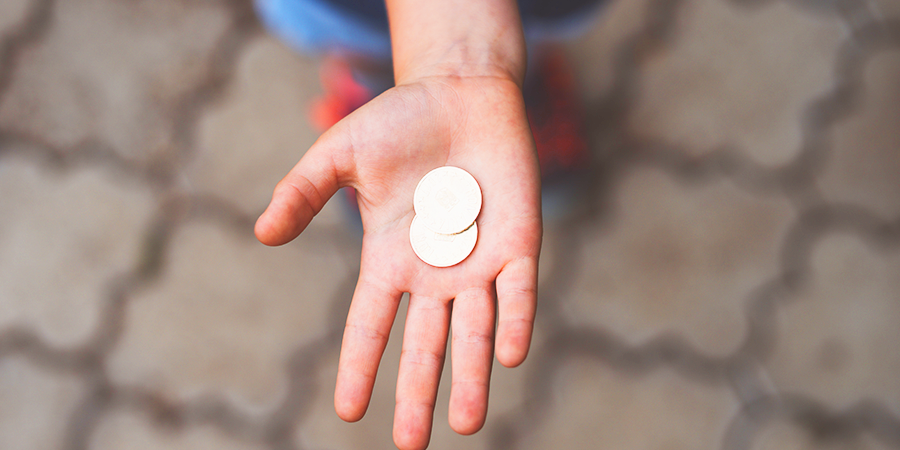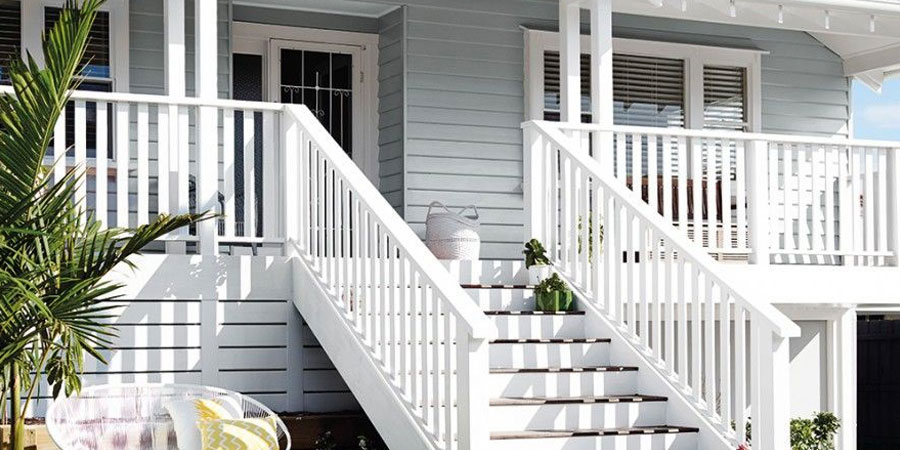 In this post, I’m going over my tips on how to build an emergency fund.
In this post, I’m going over my tips on how to build an emergency fund.
Most people overestimate how much money they actually need in an emergency fund.
But before I jump into how much I suggest you need, first let’s look at what I mean by an emergency fund.
What is an emergency fund?
An emergency fund is simply put, money that you’ve put aside to deal with any financial emergencies that crop up.
It’s a rainy day fund so that you can use the cash you’ve saved, rather than have to borrow or use a credit card.
It’s simply your financial buffer for when things go wrong.
And I think that’s important to keep in mind, because I feel a lot of people confuse their emergency fund with their regular savings, and they are and should be, completely different.
Your savings account is for all the fun things you want to save up for, the emergency fund is for all the bad stuff that happens.
Things like your washing machine blowing a fuse, or your car blowing a tire. All things that you need to get fixed or replaced so that you can get on with your everyday living.
Those types of emergencies.
How much money do you need in your emergency fund?
So now we’ve established what an emergency fund is, how much money do you actually need in one?
There’s a lot of different opinions on this.
Some people say that you need to save 6-8 months worth of expenses, others site smaller amounts.
Personally, I think 6-8 months is way too much.
It’s not reasonable to expect most people can save up that amount just for an emergency fund.
If you think about what the purpose of an emergency fund is, and that’s to pay for financial emergencies that arise from your savings instead of your credit card, most of those types of emergencies just don’t cost thousands of dollars.
How much you actually need depends on your lifestyle and where you live.
If you have a car, how much do repairs typically cost? If you don’t have wheels, what sort of emergencies are you likely to encounter?
Once you figure out that, you can gauge how much you actually need.
But as a general figure, I think a range of between $500 and $2,000 is perfect for most people.
It’s enough that it’ll get you out of most financial emergencies that crop up, but not intimidating to try and save for.
Which account should you put your money?
Okay, so where do you keep it?
If a financial emergency does happen it means that you need to access that money really quickly.
So it needs to be in an account where you can get to it easily.
That could even be your regular everyday bank account or another account that’s easy to withdraw from an ATM.
Anywhere where you can get to it if you need it.
Don’t worry about interest rates or anything like that. That’s important for other savings accounts, but not for your emergency account.
The primary importance of where to put your emergency fund is simply where you can get to quickly and easily if you need to.
Saving for your Emergency Fund
Saving for it is the same as saving for anything.
I recommend you get to the minimum, $500 as quickly as you can so you have that buffer, and then you can gradually grow it over time to either one or two thousand dollars, depending on how much things cost in your part of the world.
How long does it take to build up an emergency fund?
If you can save $50 a week, you’ll get to $500 in just 10 weeks, but if you can only do $50 a month, that’s still just 10 months and by the end of the year you’ll have made the first step to a better financial future for yourself.
Now is the bigger job of getting to $2,000. This may take a little more time, but keep putting away as much as you can afford until you have the balance that you’re aiming for.
Once you get to that amount then all you need to do is keep it there. Until an emergency comes along when you need to use it, that is.
Should everyone have the same amount of money in their emergency funds?
Clearly, the financial needs of someone in their twenties is going to be vastly different to someone in their forties.
It’s also true that the amount you need in your emergency fund is going to be different depending on where you are in life, what things cost in your part of the world, and so on.
It will also be different based on what types of emergencies are likely to crop up for you. Car owners need to look at costs for repairs in their area so their fund can cover those costs if they arise.
People with health issues should look at what out of pocket expenses they might have, with or without insurance.
And so on.
So yes, the amount in your emergency fund will be different based on your circumstances and age.
What do you do next after you have your Emergency Fund set up?
If you’ve saved up an amount between $500 and $2000 that is right for you, what’s next in your savings goal?
The next step in building wealth is to start a real savings account. One where you are putting away funds for something special you’d like in the future, or building up a solid savings account.
This is where you need to look at specialized savings accounts that offer high interest to help you reach your goals sooner.
That’s it!
So to sum up, an emergency fund is simply a set amount of money, I recommend between $500 to $2000, that you save to take care of any financial emergencies that crop up so you don’t have to use your credit card.
It should be in an easy to access bank account and you should try and get to $500 pretty quickly and then build up from there.
I hope this has helped you learn how to build an emergency fund so that you’ll be able to handle any financial mishaps that come your way in the future.
Good luck!
—
[mailerlite_form form_id=1]


